I'm trying to draw a square around a given point on the earth's surface.
I'm using information I retrieved from here and here and ultimately came up with this:-
// Converting degrees to radians
double latInDecimals = (Math.PI / 180) * latitude;
double longInDecimals = (Math.PI / 180) * longitude;
List<string> lstStrCoords = new List<string>();
double changeInLat;
double changeInLong;
double lineOfLat;
// Calculating change in latitude for square of side
changeInLong = (side / 1000) * (360.0 / 40075);
// Calculating length of longitude at that point of latitude
lineOfLat = Math.Cos(longitude) * 40075;
// Calculating change in longitude for square of side 'side'
changeInLat = (side / 1000) * (360.0 / lineOfLat);
// Converting changes into radians
changeInLat = changeInLat * (Math.PI / 180);
changeInLong = changeInLong * (Math.PI / 180);
double nLat = changeInLat * (Math.Sqrt(2) / 2);
double nLong = changeInLong * (Math.Sqrt(2) / 2);
double coordLat1 = latInDecimals + nLat;
double coordLong1 = longInDecimals + nLong;
double coordLat2 = latInDecimals + nLat;
double coordLong2 = longInDecimals - nLong;
double coordLat3 = latInDecimals - nLat;
double coordLong3 = longInDecimals - nLong;
double coordLat4 = latInDecimals - nLat;
double coordLong4 = longInDecimals + nLong;
// Converting coords back to degrees
coordLat1 = coordLat1 * (180 / Math.PI);
coordLat2 = coordLat2 * (180 / Math.PI);
coordLat3 = coordLat3 * (180 / Math.PI);
coordLat4 = coordLat4 * (180 / Math.PI);
coordLong1 = coordLong1 * (180 / Math.PI);
coordLong2 = coordLong2 * (180 / Math.PI);
coordLong3 = coordLong3 * (180 / Math.PI);
coordLong4 = coordLong4 * (180 / Math.PI);
Now even though this works, the polygon that I get from joining these is a rectangle.

I'm confused as to what's wrong with my code.
